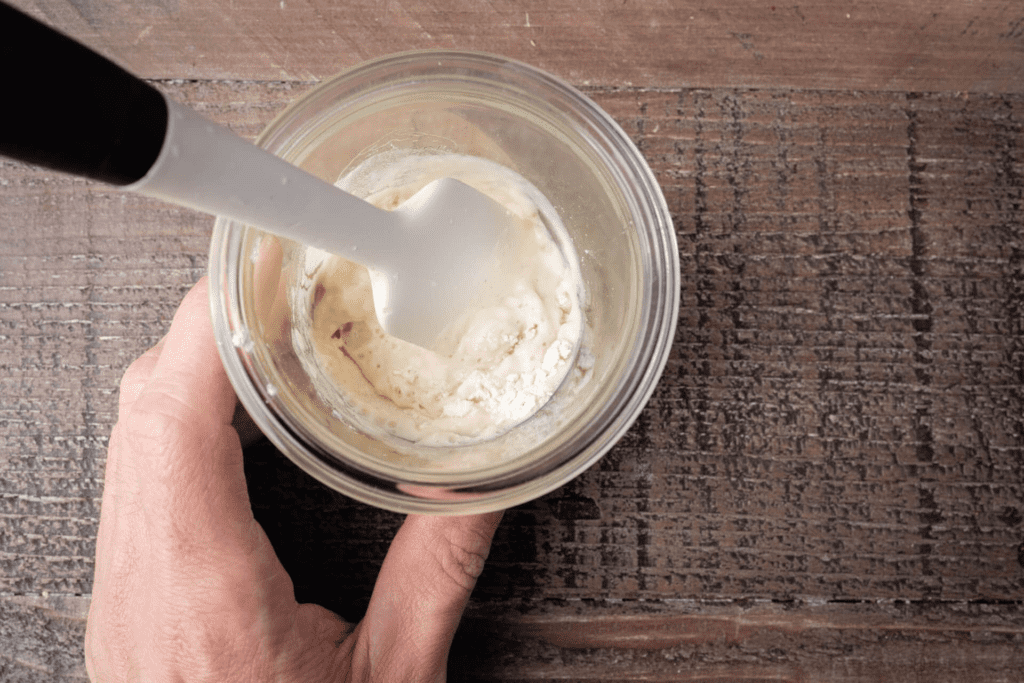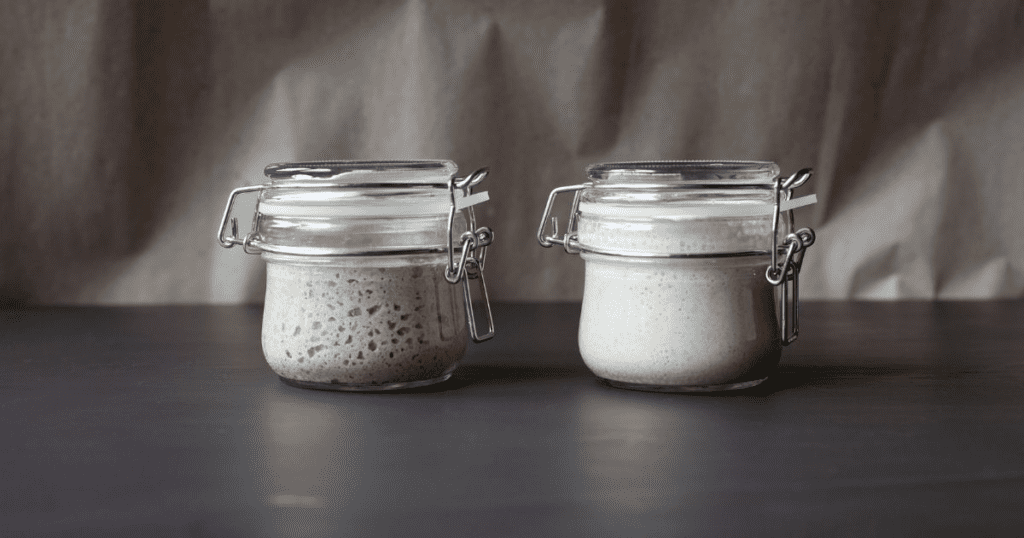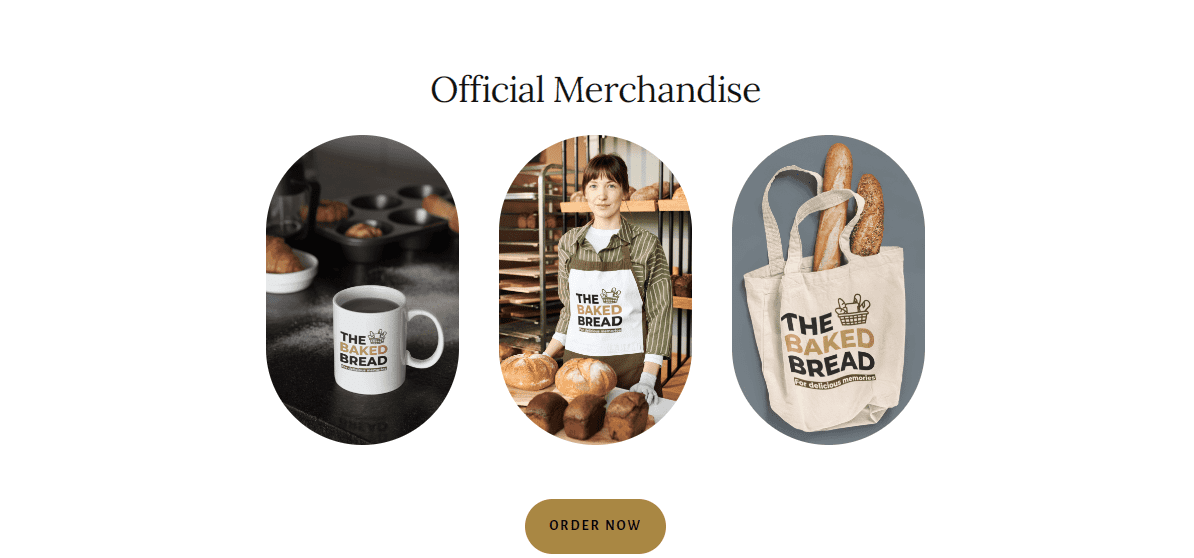
Are you wondering what Levain meaning? Levain is the French word for a yeasted dough mixture made with water, flour, salt, and natural yeast.
It is used as a leavening agent in baking recipes such as sourdough breads or French pastries. It’s also an important part of traditional French cuisine and has recently become popular in the United States too.
Read on to learn more about levain and how it’s used in cooking.
What Is Levain Meaning?

Levain, pronounced lay-vuh or lay-ven, is a mixture of natural yeast, flour and water that can be used in baking to help leaven certain recipes.
Because it relies on naturally occurring yeasts, levain is different from commercially produced baker’s yeast which is purchased in stores and added to recipes along with additional ingredients like sugar or malt extract.
Using Levain in Traditional Baking Recipes
Levain has been used by bakers for centuries to create unique flavours and textures in baked foods like crusty French loaves and delicious pastries.
To make levain you will need warm water (approximately 20 celsius), seawater salt, and organic flour containing active cultures of wild yeasts (or fresh active dry yeast).
The mix needs 12 hours of rest before use, when pockets of carbon dioxide form within the levain giving it its characteristic rise.
The dough can then be shaped into rounds which can be baked directly or left to rise again before baking.
Using Levain In Modern Recipes
Levain is becoming increasingly popular as home bakers try their hand at replacing commercial yeast with a fermented starter dough made from organic flours such as whole wheat or rye flour instead.
This technique results in a bakery style product with great flavour and texture – far superior than anything available commercially!
As well as using levain alone, sourdough starters contain other ingredients such as kefir grains, honey or potatoes creating even more complex flavour profiles when baked – making them perfect for artisanal products like croissants!
The History of Levain
Also known as “pain levain” in French, levain was developed in the Middle Ages by monks looking for ways to preserve their bread without it becoming dry out quickly.
The gradual fermentation process created by using yeast harvested from the skins of grapes allowed them to make larger batches of dough which could be kept longer before baking.
It eventually became popular outside of religious circles, with bakers throughout Europe beginning to bake according to the same methods.
Creating Your Own Levain
Making your own levain requires basic knowledge baking techniques and takes several days to complete due to all the natural leavening involved.
Start by mix together two parts water and one part whole wheat flour that has been sitting at room temperature for 12 – 24 hours, then adding in additional water if needed until you achieve the desired consistency.
Next add equal parts active dry or instant yeast (no more than 5 percent) then knead your mixture together until it forms a ball; when finished you may add in other ingredients such as spices or herbs at this point if desired.
Allow your dough ball to rise overnight at warm temperatures (70 F/21 C) then store it in the refrigerator when not being used until ready bake anytime between 2-14 days later depending on personal preference.
Finally bake your levain loaf on hot embers inside either a brick oven or outdoor fireplace for complete authenticity, but be sure have plenty of exposed coals nearby so that continuous heat can be provided over time for even baking results throughout!
Conclusion
Overall, levain is a versatile fermentation technique that dates back centuries but has recently had something of a renaissance due to its unique properties when compared to commercial baker’s yeast.
Whether you’re interested in creating traditional European baked goods or experimenting with newer techniques such as incorporating sourdough starters into your recipes – there’s no doubt that incorporating some form of levain will give you incredible results every time!



Leave a Reply